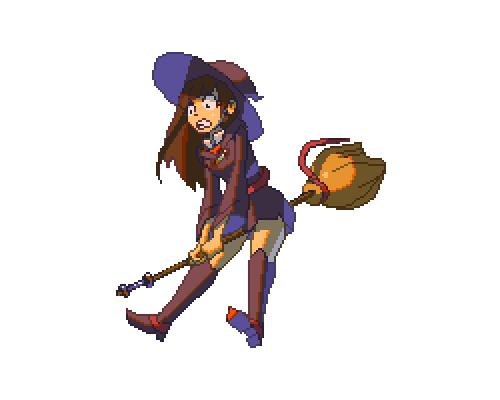 All Reviews
All ReviewsA Pale View of Hills by Kazuo Ishiguro
Summary
"In his highly acclaimed debut, A Pale View of Hills, Kazuo Ishiguro tells the story of Etsuko, a Japanese woman now living alone in England, dwelling on the recent suicide of her daughter. Retreating into the past, she finds herself reliving one particular hot summer in Nagasaki, when she and her friends struggled to rebuild their lives after the war. But then as she recalls her strange friendship with Sachiko - a wealthy woman reduced to vagrancy - the memories take on a disturbing cast." - StoryGraphmy review
write write write A Pale View of Hills by Kazuo Ishiguro
A Pale View of Hills by Kazuo Ishiguro My Book Recommendations
My Book Recommendations| Books You Read as a Kid | Entry Adult Books | After You've Entered the Zeitgeist |
|---|---|---|
| The Hunger Games | Romantasy Pick: The Serpent and the Wings of Night by Carissa Broadbent | |
| Science Fiction Pick: Ender's Game | ||
| Twilight | Romantasy/Paranormal: Bride by Ali Hazelwood | |
| Divergent | Romantasy Pick: Fourth Wing | |
| Harry Potter | This one is YA but it's worth your time: A Deadly Education | Dark Academia: Ninth House by Leigh Bardugo |
| Cinder | Romantasy: A Court of Thorns and Roses by Sarah J. Maas | |
| Tina Fey | Memoir: I'm Glad My Mom Died | Memoir: Crying in H Mart |
| My Year of Rest and Relaxation by Ottessa Moshfegh |
 Misc
MiscThe way in which the Burgess Shale animals were buried, by a mudslide or a sediment-laden current that acted as a sandstorm, suggests they lived on the surface of the seafloor. Opabinia probably used its proboscis to search the sediment for food particles and pass them to its mouth. Since there is no sign of anything that might function as jaws, its food was presumably small and soft. Whittington, believing that Opabinia had no legs, thought that it crawled on its lobes and that it could also have swum slowly by flapping the lobes, especially if it timed the movements to create "waves". On the other hand, he thought the body was not flexible enough to allow fish-like undulations of the whole body.
Opabinia made it clear how little was known about soft-bodied animals, which do not usually leave fossils. When Whittington described it in the mid-1970s, there was already a vigorous debate about the early evolution of animals. Preston Cloud argued in 1948 and 1968 that the process was "explosive", and in the early 1970s Niles Eldredge and Stephen Jay Gould developed their theory of punctuated equilibrium, which views evolution as long intervals of near-stasis "punctuated" by short periods of rapid change. On the other hand, around the same time Wyatt Durham and Martin Glaessner both argued that the animal kingdom had a long Proterozoic history that was hidden by the lack of fossils. Whittington (1975) concluded that Opabinia, and other taxa such as Marrella and Yohoia, cannot be accommodated in modern groups. This was one of the primary reasons why Gould in his book on the Burgess Shale, Wonderful Life, considered that Early Cambrian life was much more diverse and "experimental" than any later set of animals and that the Cambrian explosion was a truly dramatic event, possibly driven by unusual evolutionary mechanisms. He regarded Opabinia as so important to understanding this phenomenon that he wanted to call his book Homage to Opabinia.
However, other discoveries and evaluations soon followed, revealing similar-looking animals such as Anomalocaris from the Burgess Shale and Kerygmachela from Sirius Passet. Another Burgess Shale animal, Aysheaia, was considered very similar to modern Onychophora, which are regarded as close relatives of arthropods. Paleontologists defined a group called lobopods to include animals that are thought to be close relatives of arthropods but lack jointed limbs. There is still debate about whether lobopods are monophyletic, i.e. whether they include all and only the descendants of a single common ancestor, and about whether arthropods are a sub-group of lobopods or a sister-group.
 Contact
ContactEmail me

 the reader
the reader

